BIKE CLASSIFICATION
FROM MODEL YEAR 2025 ON

CLASSIFICATION: CATEGORY 1
Concerns bicycles and EPACs, which are used on normal, paved surfaces on which the tires should maintain in contact with the ground at average speed, with occasional drops.
Intended use:
Commuting and recreational riding under moderate effort
Recommended riding skills:
No special riding skills required
Typical range of average speed:
15 to 25 km/h

CLASSIFICATION: CATEGORY 2
Concerns bicycles and EPACs, to which category 1 applies and which are also used on unpaved roads and gravel paths with moderate uphill and downhill gradients. Under these conditions, contact with uneven terrain and repeated loss of tire contact with the ground may occur. Drops are limited to 15 cm or less.
Intended use:
Leisure riding and trekking under moderate effort
Recommended riding skills:
No special riding skills required
Typical range of average speed:
15 to 25 km/h

CLASSIFICATION: CATEGORY 3
Concerns bicycles and EPACs, to which categories 1 and 2 apply, and which are also used on rough paths, uneven unpaved roads, difficult terrain and unmade paths, and for which technical skill is required. Jumps and drops should be limited to 60 cm.
ATTENTION: Please note that when using rear stands, mudguards, pannier racks and bicycle trailers, if permitted, the category of your bike is limited to category 2.
Intended use:
Sport and competition riding with moderate technical demands of the trails
Recommended riding skills:
Technical skills and practice required
Typical range of average speed:
Not relevant

CLASSIFICATION: CATEGORY 4
Applies to bicycles and EPACs, to which categories 1, 2 and 3 apply or which are used for descents on unpaved roads at speeds of less than 40 km/h. Jumps should be limited to 120 cm.
ATTENTION:Please note that when using rear stands, mudguards, pannier racks and bicycle trailers, if permitted, the category of your bike is limited to category 2.
Intended use:
Sport and competition riding with very challenging technical demands of the trails
Recommended riding skills:
Technical skills, practice and bike control required
Typical range of average speed:
Not relevant

CLASSIFICATION: CATEGORY 5
Applies to bicycles and EPACs, to which categories 1, 2, 3 and 4 apply and which are used for extreme jumps followed by landings on sloping terrain or descents on unpaved roads at speeds of more than 40 km/h or a combination thereof.
ATTENTION:Please note that when using rear stands, mudguards, pannier racks and bicycle trailers, if permitted, the category of your bike is limited to category 2.
Intended use:
Extreme sports
Recommended riding skills:
Extreme technical skills, practice and bike control required
Typical range of average speed:
Not relevant

CLASSIFICATION: CATEGORY 6
Applies to bicycles and EPACs, to which category 1 applies and which are used in competitions or on other occasions at high speeds of more than 50 km/h, for example downhill runs and sprints.
Intended use:
Sport and competition riding with high exertion
Recommended riding skills:
Technical skills and practice required
Typical range of average speed:
30 – 55 km/h

CLASSIFICATION: CATEGORY 0C
Applies to children’s balance bikes that are used on normal, paved surfaces that are not used by motor vehicles and on which the tires must remain in continuous contact with the ground.
ATTENTION: The use of the balance bike is only permitted under the supervision of a parent or guardian.
The rider must be at least three years old.
Intended use:
Training the sense of balance and coordination
Recommended riding skills:
Good motor skills required
Typical range of average speed:
Not relevant

CLASSIFICATION: CATEGORY 1C
Applies to children’s bicycles that are used on normal, paved surfaces that are not used by motor vehicles and on which the tires must remain in continuous contact with the ground.
ATTENTION: The use of the balance bike is only permitted under the supervision of a parent or guardian.
Intended use:
Leisure rides with moderate exertion
Recommended riding skills:
No special riding skills required
Typical range of average speed:
Not relevant

CLASSIFICATION: CATEGORY 1Y
Applies to youth bikes and EPACs, which are used on normal, paved surfaces on which the tires should maintain in contact with the ground at average speed, with occasional drops.
Intended use:
Leisure rides with moderate exertion
Recommended riding skills:
No special riding skills required
Typical range of average speed:
Not relevant
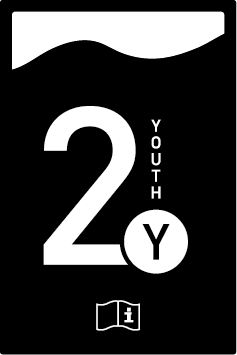
CLASSIFICATION: CATEGORY 2Y
Applies to youth bikes and EPACs, for which category 1Y applies and which are also used on unpaved roads and gravel paths with moderate ascents and descents. Under these conditions, contact with uneven terrain and repeated loss of tire contact with the ground may occur. Drops are limited to 15 cm or less.
Intended use:
Leisure riding and trekking under moderate effort
Recommended riding skills:
No special riding skills required
Typical range of average speed:
Not relevant
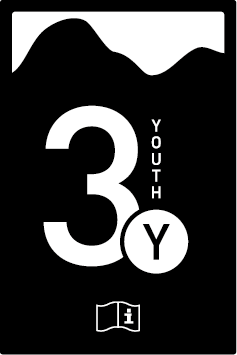
CLASSIFICATION: CATEGORY 3Y
Applies to youth bikes and EPACs, to which categories 1Y and 2Y apply, and which are also used on rough paths, uneven unpaved roads, difficult terrain and unmade paths, and for which technical skill is required. Jumps and drops should be less than 30 cm.
ATTENTION: Please note that when using rear stands, mudguards, pannier racks and bicycle trailers, if permitted, the category of your bike is limited to category 2Y.
Intended use:
Sport and competition riding with moderate technical demands of the trails
Recommended riding skills:
Technical skills and practice required
Typical range of average speed:
Not relevant

CLASSIFICATION: CATEGORY 4Y
Applies to youth bikes and EPACs, for which categories 1Y, 2Y and 3Y apply or which are used for descents on unpaved roads at speeds of less than 40 km/h. Jumps should be limited to 60 cm.
ATTENTION:Please note that when using rear stands, mudguards, pannier racks and bicycle trailers, if permitted, the category of your bike is limited to category 2Y.
Intended use:
Sports and competition rides with very challenging technical demands of the trails
Recommended riding skills:
Technical skills, practice and bike control required
Typical range of average speed:
Not relevant

CLASSIFICATION: CATEGORY 1T
Applies to bicycles and EPACs that are suitable for the non-commercial transportation of loads, used on normal, paved surfaces where the tires are intended to maintain contact with the ground at average speed, with occasional drops.
Intended use:
Transportation of luggage or children
Recommended riding skills:
Technical skills and practice required
Typical range of average speed:
15 – 25 km/h
UNTIL MODEL YEAR 2023-24
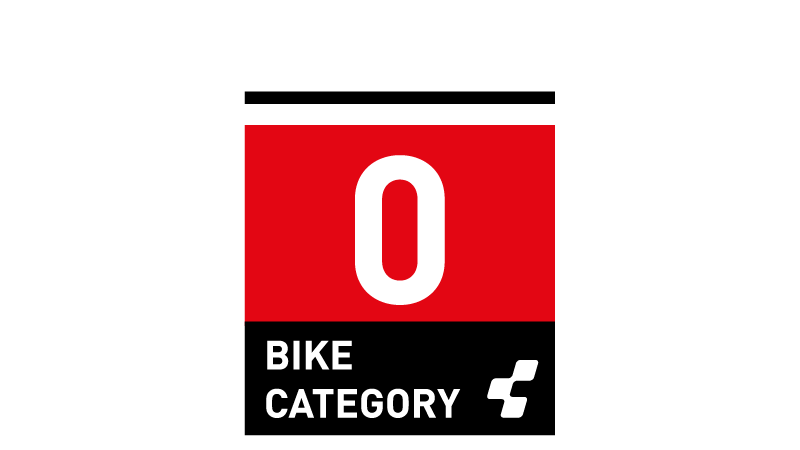
CLASSIFICATION: CATEGORY 0
Kids bikes for paved ways like:
- tarmac roads not used by motor driven vehicles and bicycle routes
- ways paved by gravel, sand or similar materials (e.g. re road, dirt road) not used by motor driven vehicles
In doing so the wheels have constant contact to the ground (→ no jumps, no riding on one wheel neither front nor rear, no braking that causes the rear wheel to lift up)
Parents/guardian responsibility:
The intended use (correct use of the bicycle), the instruction how to use, the control and the proper functioning of the bicycle are the parent/guardian responsibility.

CLASSIFICATION: CATEGORY 1
Meant for riding on paved ways like:
- tarmac roads and bicycle routes
In doing so the wheels have constant contact to the ground (→ no jumps, no riding on one wheel neither front nor rear, no braking that causes the rear wheel to lift up).
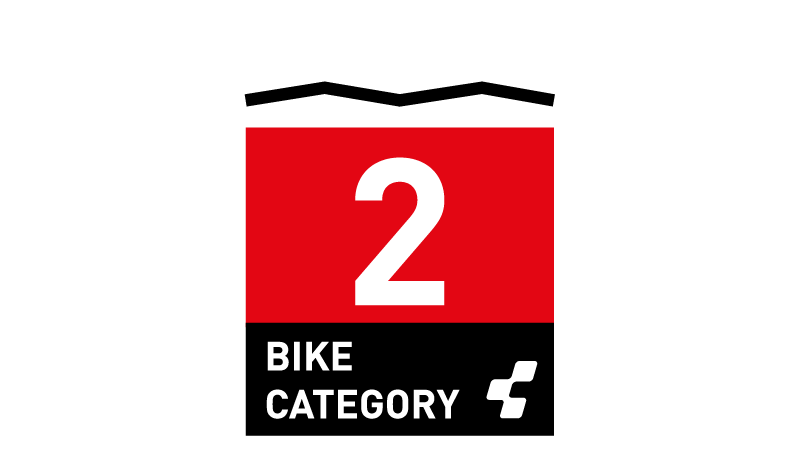
CLASSIFICATION: CATEGORY 2
Meant for rides on paved ways like:
- tarmac roads and bicycle routes
- ways paved by gravel, sand or similar materials (e.g. re road, dirt road)
- paved hiking trails with only few roots, thresholds, rocks and drops
In doing so the wheels have constant contact to the ground or lose contact for a split of a moment due to small asperities like roots (→ no jumps, no riding on one wheel neither front nor rear, no braking that causes a lift up of the rear wheel).
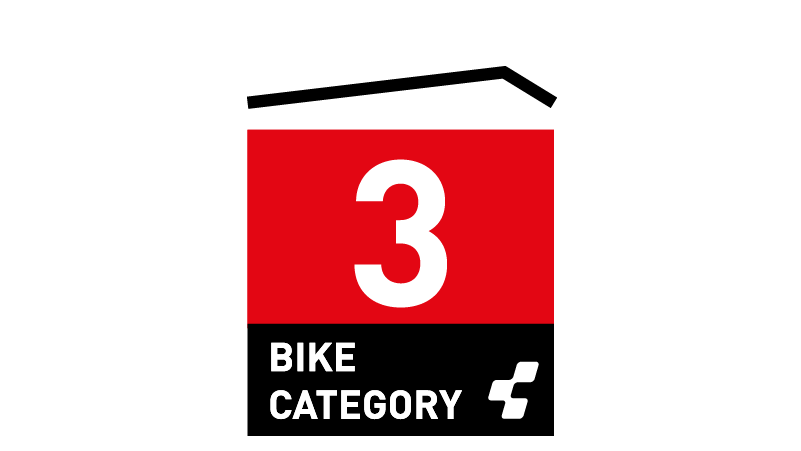
CLASSIFICATION: CATEGORY 3
Meant for riding on ways like:
- tarmac roads and bicycle routes
- ways paved by gravel, sand or similar materials (e.g. re road, dirt road)
- paved and non paved hiking trails where roots, thresholds, rocks and drops are more often
In doing so the wheels have constant contact to the ground or lose contact for a split of a moment due to small uneven terrain like roots (→ no jumps, no riding on one wheel neither front or rear, no braking that causes the rear wheel to lift up) Important: Please note that when using kickstands, mudguards, luggage carriers, as well as bicycle trailers the application area of the model always changes to classification category 2.
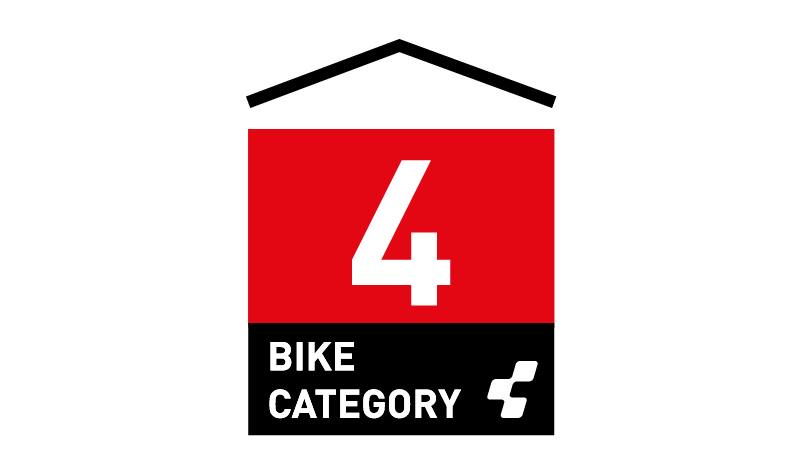
CLASSIFICATION: CATEGORY 4
Meant for riding on:
- tarmac roads and bicycle routes
- ways paved by gravel, sand or similar materials (e.g. re road, dirt road)
- paved and non paved hiking trails where roots, thresholds, rocks and drops are more often
- more rough unpaved terrain with intermittent jumps/ drops with a height up to 0,5m
In doing so the wheels have constant contact to the ground or lose contact for a split of a moment due to small uneven terrain like roots (→ no riding on one wheel neither front or rear, no braking that causes the rear wheel to lift up).
Important: Please note that when using kickstands, mudguards, luggage carriers, as well as bicycle trailers the application area of the model always changes to classification category 2.
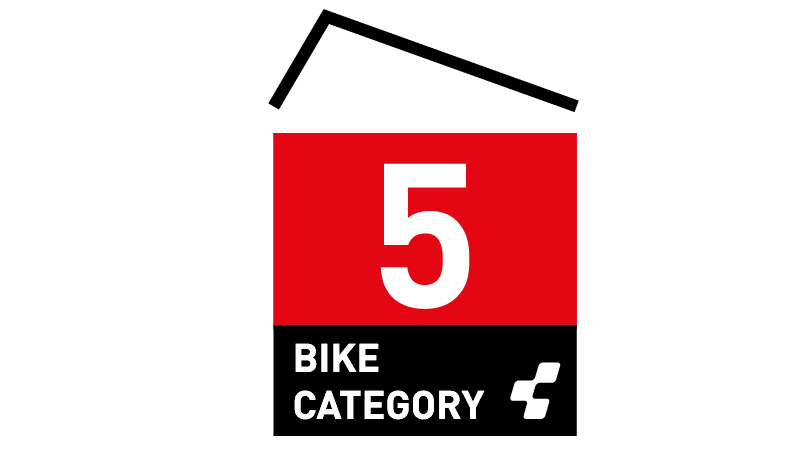
CLASSIFICATION: CATEGORY 5
Like category 4 plus riding on/in:
- on very rough and rocky terrain with intermittent jumps with a height up to 1m
- in named sport and bike parks (occasional)
Bikes of that category shall intensely be checked for da- mages after every ride due to the higher forces exerted.
Important: Please note that when using kickstands, mudguards, luggage carriers, as well as bicycle trailers the application area of the model always changes to classification category 2.
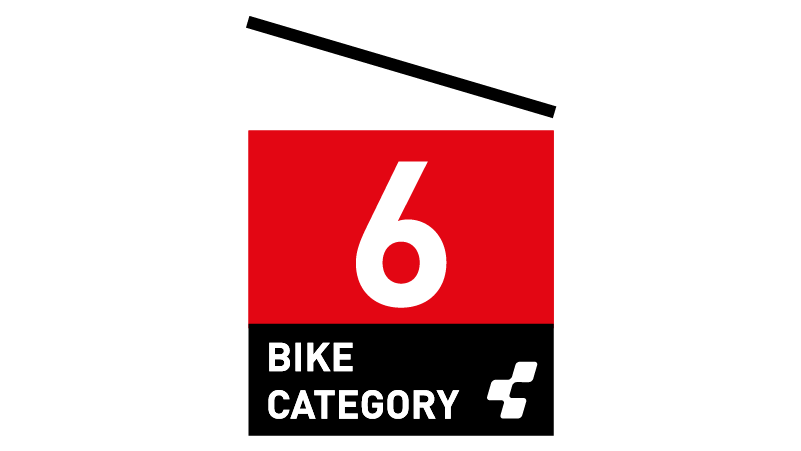
CLASSIFICATION: CATEGORY 6
Like category 5 plus rides on/in
- officially laid out marked /signed DH tracks and sport, trail and bike parks
Bikes of that category shall intensely be checked for da- mages after every ride due to the higher forces exerted.
Important: Please note that when using kickstands, mudguards, luggage carriers, as well as bicycle trailers the application area of the model always changes to classification category 2.

 DEALERA
DEALERA